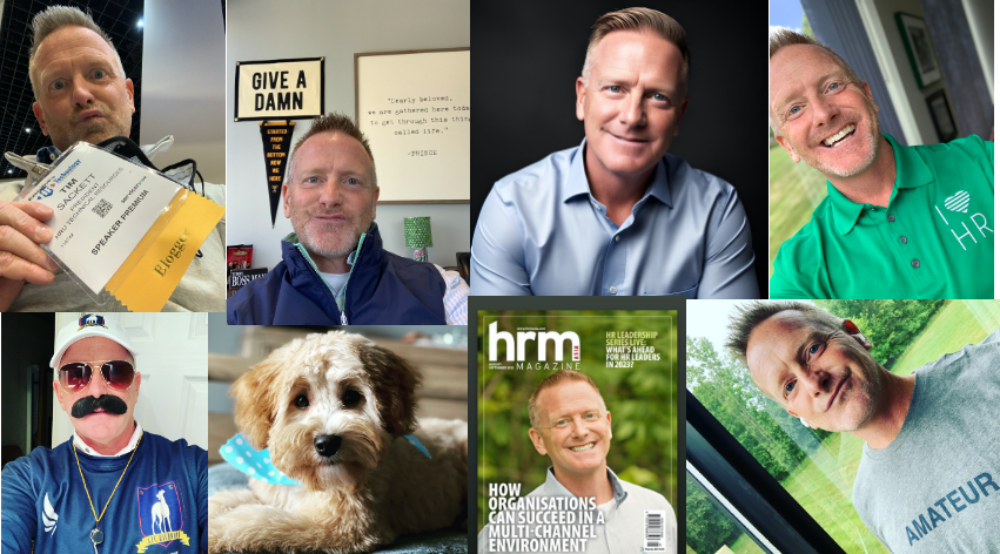Yep, buckle up kids, Uncle Timmy is ranting today!
First, anyone who calls themselves “Uncle” anything should be shot. That’s a creepy factor of one thousand, on a scale of one to one hundred.
I’ve been trying to figure out how to write about politics for a few months now. My personal Life Coach, Kristian Dunn, has pleaded with me, not to do this. “You’re going to ruin your career! You should stay neutral! Everyone loves Switzerland! Only idiots talk about politics!” My life coach is very Aaron Burr – “Talk Less, Smile More, Don’t let them know what you’re against or what you’re for!”
He’s way smarter than I am. I just can’t sit here and watch what’s going on and not act!
Okay, here are the four things I would do to fix politics:
1. Political Advertising, of every kind, can only be run for 30 days before the election, and the amount spent has to be equal for all parties. So, Dems run $25 Million only, GOP can only run $25 million. But this includes all registered parties in all fifty states, so if the Green Party only spends $500K, guess what? Dems and GOP can also only spend $500K, or they could give money to the green party to be used for additional advertising.
2. If you vote early, all advertising is eliminated from your TV, social media, radio, etc. I’m not sure how technology will figure it out, but if they can figure out I like certain stuff, they can figure out how to filter out certain stuff.
3. You get 2 terms max – President, Senate, House. That’s it. No, sitting out for one term and coming back. Do your time, and then get a real job, you loser career politicians trying to make decisions for me and you’ve never worked a real job. Also, judges get ten years max, at all levels. I get why we do lifetime appointments, but what we end up with are dinosaurs on the bench that parties won’t let retire for fear of losing a seat. RBG should have been on a beach in a hammock with a frozen cocktail, but No, we need her to stay around until she dies.
4. For every lie a politician tells, and we’ll create judging panels of voters with equal numbers who will vote on the lies, and the politician has to spend 24 hours in prison if it is determined they lied, and pay the American people $100,000 per lie. By the people, for the people, motherf@ckers! “But he lied more!” One lie is too much. You are supposed to be helping us, morons.
You want some bonus ones!? Because I’m fired up and my Life Coach wouldn’t take my call this morning!
Bonus fixes:
– All elected officials get the same crappy health insurance you give to senior citizens. Same docs, same hospitals, same drug costs. No more Walter Reed. You’re going to county general, I hope you didn’t cut their funding!
– If your net worth is over $5 million you can’t run for office.
– If you’re eligible for social security, you can’t run for office.
– If you have paid income taxes in America for ten years, have citizenship, you can run for every office in the land.
– If you ever got recorded tasting or eating a Tide Pod you can’t run for any office. (Come on, we’ve got to have some limits!)
– If you’ve been publicly recorded stating that you believe the earth is flat, you can’t run for any office.
Happy voting! Don’t pay any attention to the rules designed by the two parties in power, to keep those two parties in power, and not allow anyone else to rise up to power. Because I’m sure one of those two parties fits all of your ideology perfectly, right?
